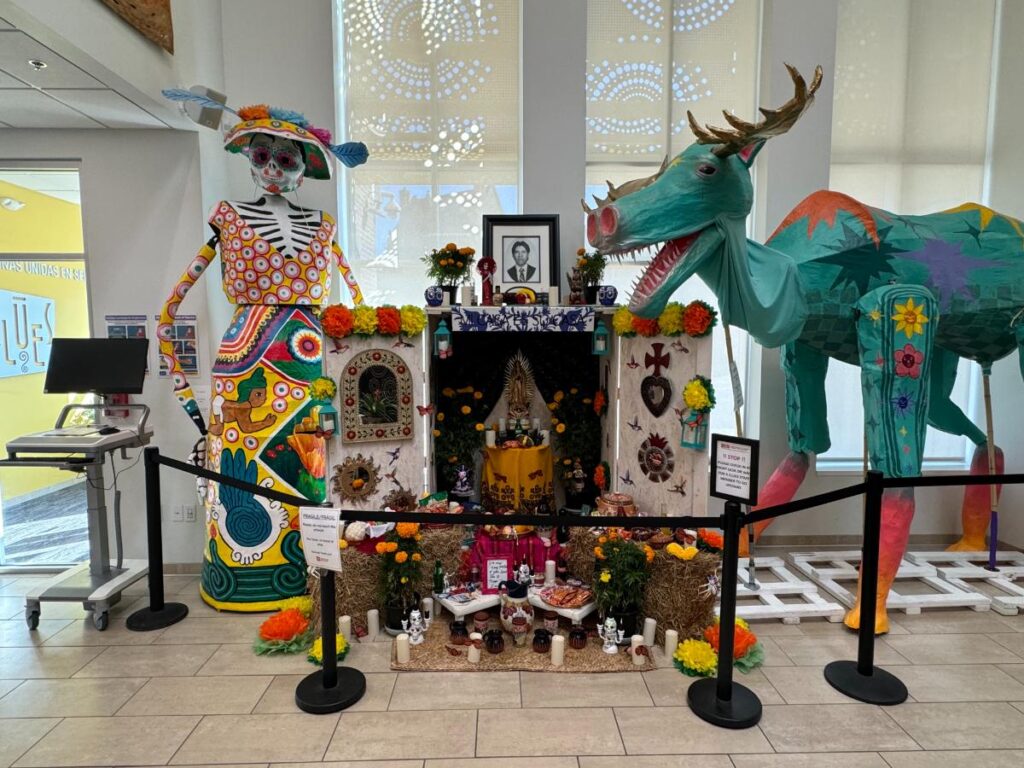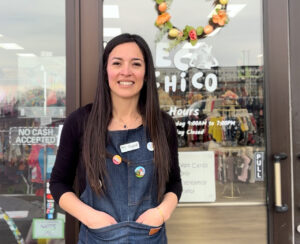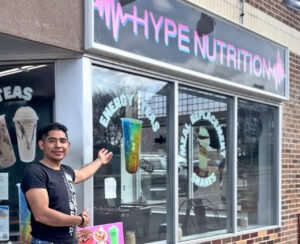This is when we celebrate the lives of those who are no longer with us
By Monica Vega
Day of the Dead is a Mexican tradition that dates from pre-Hispanic times. During this season we honor our ancestors and remember our loved ones who have passed away. It is a holiday where the souls of the departed return for a few hours to enjoy the memories they once built in life.
During the pre-Hispanic era, the celebration took place after the harvest season between the months of August and September. After the Spanish conquest, the Catholic Church influenced the celebrations and they were moved to coincide with the Catholic celebration of All Saints’ Day (November 1) and All Souls’ Day (November 2).
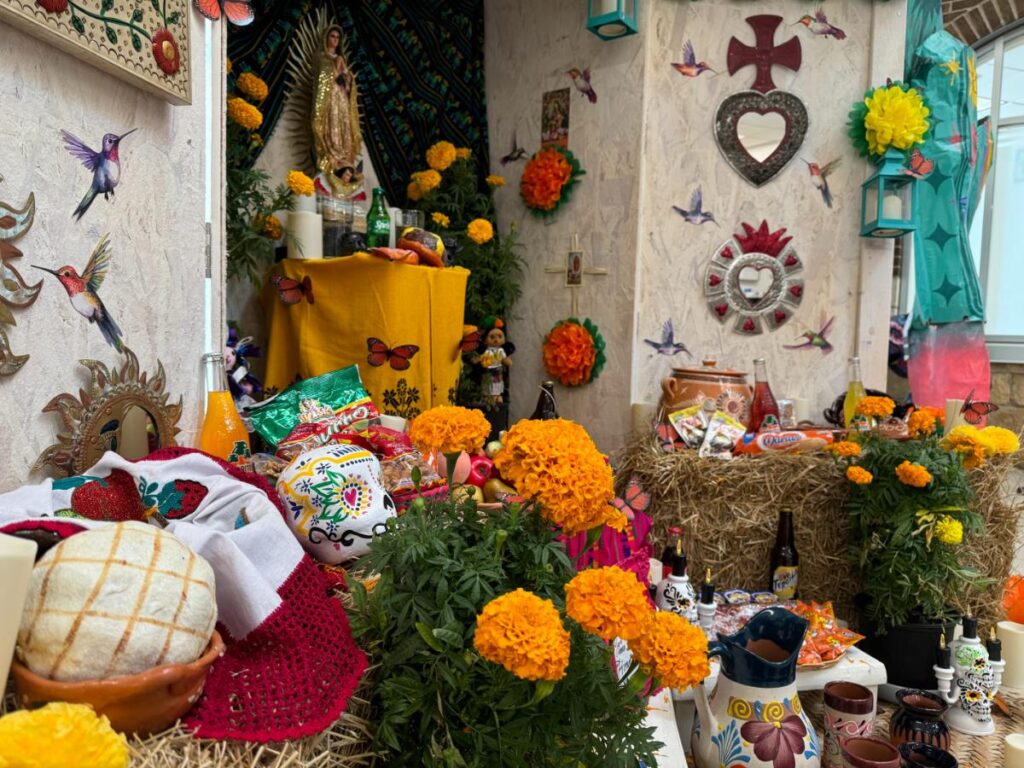
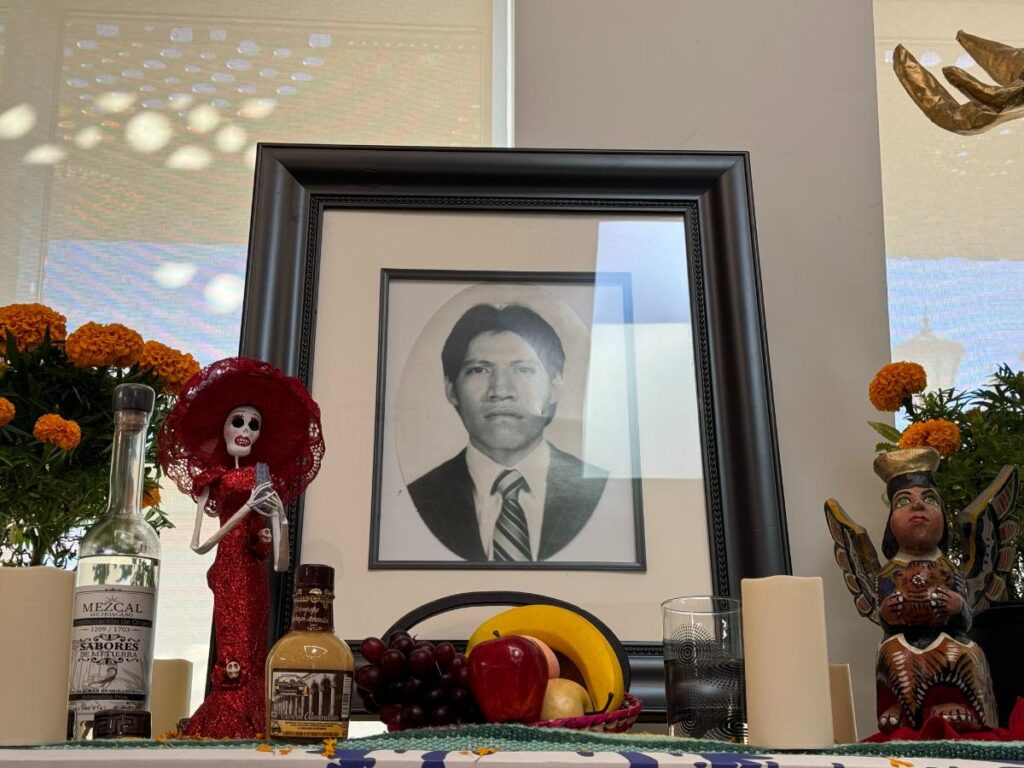
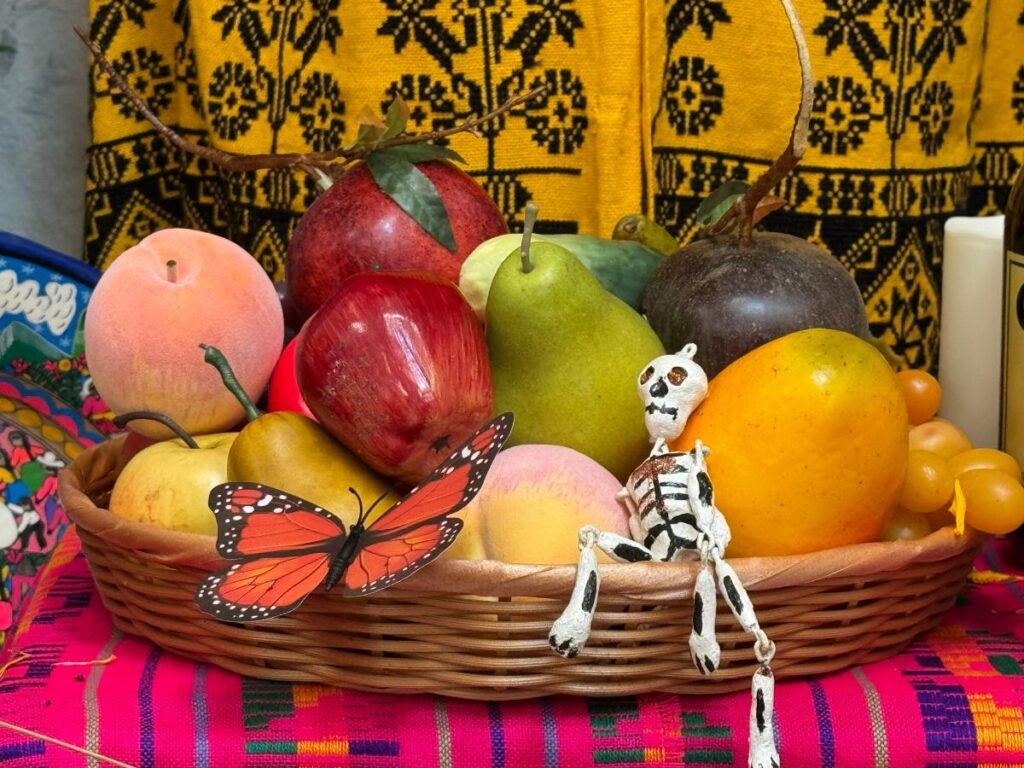
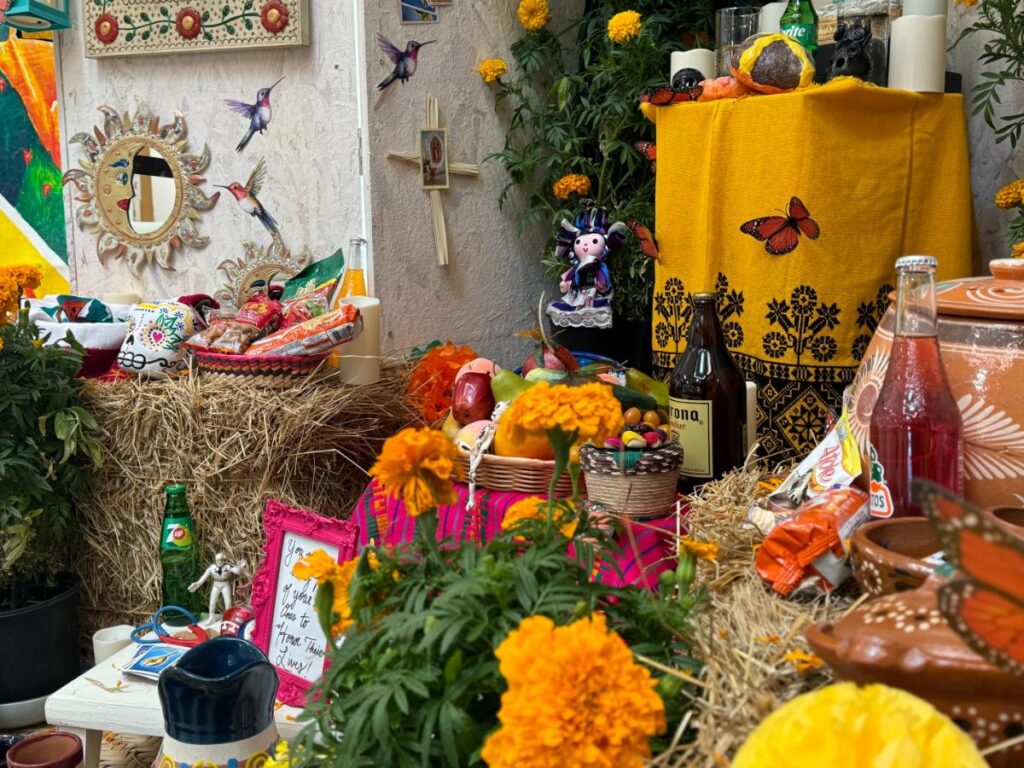
You can find this altar in CLUES’ offices on St Paul’s East Side. The author of this piece is the artist who designed the ofrenda.
Unlike Halloween, Day of the Dead is a celebration of joy with feasts and festivals in which death is recognized as part of life. The Day of the Dead is an important event in which families gather and go to the cemetery to clean, decorate, adorn and fix up their loved ones’ graves. In homes, altars, also known as ofrendas (meaning “offerings”), with gifts for the deceased are set up. These altars represent the four elements: Fire, represented by candles; this light gives peace and hope to the souls of the deceased, serving as a guide to get home. Earth, which is represented by the food that comes from it, and by marigolds, which are called cempoalxochitl in Nahuatl (also known as the cempasúchil flower or flower of death). The Nahuatl word means “the flower of a thousand petals.” Its color and aroma help souls get to their ofrenda. Water is one of the most important elements as it helps quench the thirst of our loved ones. It is also represented by the drinks they liked in life (soft drinks, tequila, pulque, mezcal) and Air, represented by cut paper. Sugar skulls decorated with frosting, glitter, aluminum and we write the name of the deceased on the forehead are also part of the ofrendas. The skull represents the sadness of death; sugar, the sweetness of life. Pan de Muerto, or Bread of the Dead, toys, special foods, clothing or other objects that belonged to the deceased are also found in the ofrendas. These items help the souls of our deceased to find the way back home.
Dia de Muertos, a celebration that keeps us closer than ever to our loved ones who have passed away, honoring their life after family life.
Where can I find altars: The offices of CLUES in both Minneapolis and St Paul, Midtown Global Market, Red Wing, the Weisman Art Museum (to be installed on Wednesday, October 30), Columbia Heights High School (to be installed on Thursday, October 31 and Friday, November 1).
Events open to the community: The Weisman Art Museum will be open to the public on November 2 from 11 am to 2 pm, and the Midtown Global Market will have an exhibition also on November 2 from noon to 3 pm.
Mónica Vega is an artist, volunteer and activist based in Saint Paul. She is originally from Mexico City and has roots in Michoacán. Mónica has shared her culture and artistic vision with Minnesota. In 2022, she was the lead artist in creating the first ofrenda at the Minnesota State Capitol along with the artist Flor Soto, (Neo) Muralismos de México, MCLA, the Tyrone Guzmán Center and LEDC. This year, she has collaborated. With several organizations and schools to create several ofrendas throughout Minnesota.

